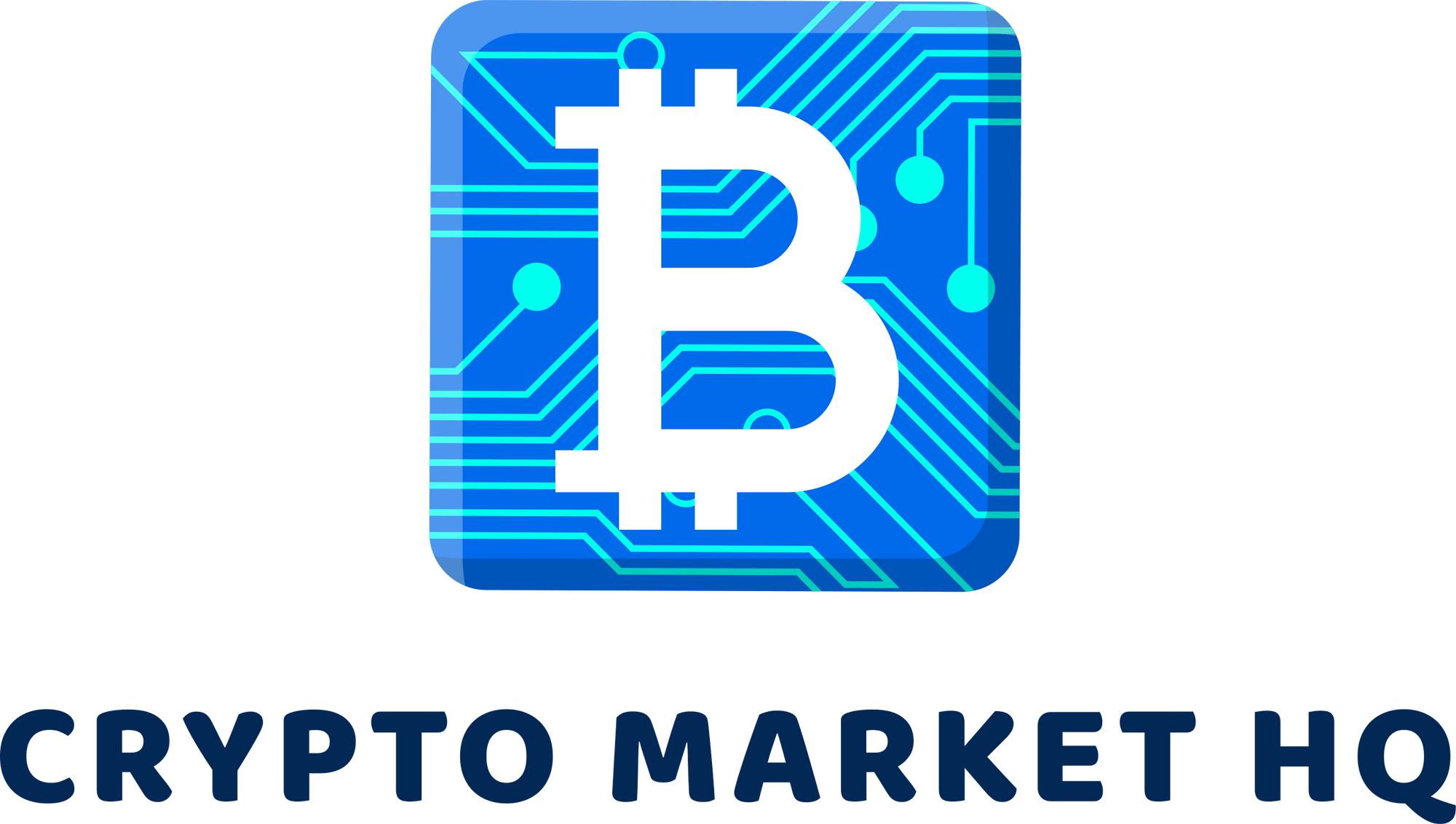Bitcoin, the largest cryptocurrency by market capitalization and trading volume, sets another record with Block 788695 as transactions on its blockchain network spiral out of control.
Recently, there has been an alarming rise in user transactions on the Bitcoin blockchain, leading to network traffic and congestion. This has increased miner profitability significantly as transaction fees skyrocket to control the situation.
In an interesting development witnessed by the crypto community yesterday, miners were seen to have profited highly as transaction fees contained in Block 788695 surpassed the block subsidy. This will be the second occurrence for the Bitcoin network where transaction fees contained in a block are greater than the block subsidy.
Related Reading: BRC-20 Token Standard A Hotspot For New Memecoins As PEPE Soars
Bitcoin Block 788695 Sets Another Record
According to Bitcoin mining data reports from Mempool, transaction fees contained in Block 788695 were seen to be greater than the Block subsidy. The reports show that 6.7 BTC in transaction fees were contained in Block 788695, greater than the 6.25 BTC block subsidy.

The last time this occurred was in 2017 when transaction fees contained in Block 500546 were reported to have surpassed the block subsidy. This phenomenon occurs primarily when the Bitcoin blockchain network receives exceedingly high network activity from user transactions.
Miners are seen to profit highly from these congested blocks, which contain high user transactions compared to regular blocks. They create blocks by collecting transactions from the Mempool and adding them to a block, and once the blocks are filled, it goes through complex mathematical computations. The miner who solves the math problem is rewarded with transaction fees and the block subsidy.
Related Reading: Why Is Bitcoin Down Today? Crypto Market Takes Another Hit
The block subsidy refers to the amount of new Bitcoin created or minted in each block. For each block successfully created, the miner is allowed to mint a fixed amount of new Bitcoin, which is based on the ‘current issuance rate decided by the Bitcoin protocol.’
The Bitcoin block subsidy amount is determined by an algorithm in its source code and starts at 50 BTC per block, which is split in half every four years. The split process of the block subsidy, otherwise known as BTC halving, has trickled down to 6.25 from it 50 BTC where it started and is expected to be split further in 2024.
Why Are BTC Transaction Fees On The Rise?
The jump in BTC transaction fees can be attributed to recent user activities on its blockchain network. For one, the introduction of the BRC-20 token standard on the Bitcoin network for seamlessly minting fungible tokens has gained increased popularity in the blockchain and crypto community.
The recent hype of tokens, including meme coins minted using the BRC-20 standard, has led to increased FOMO of users carrying out multiple token purchases and transactions on the Bitcoin network.
BTC price opens on a negative on the weekly chart timeframe | Source: BTCUSD on TradingView.com
Featured Image from Istock & Mempool, Chart from TradingView.com







